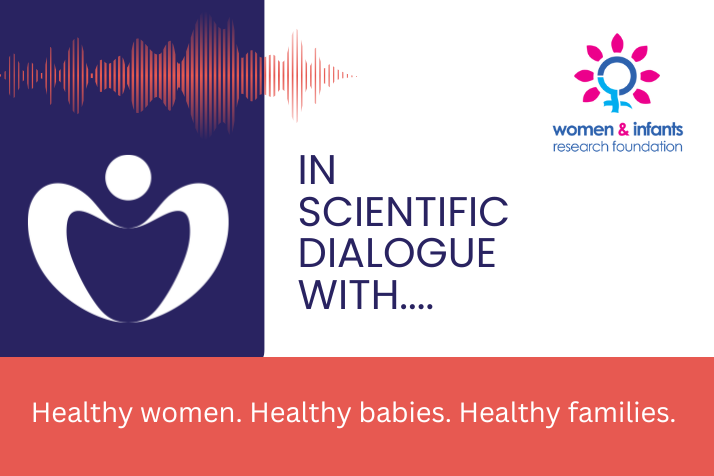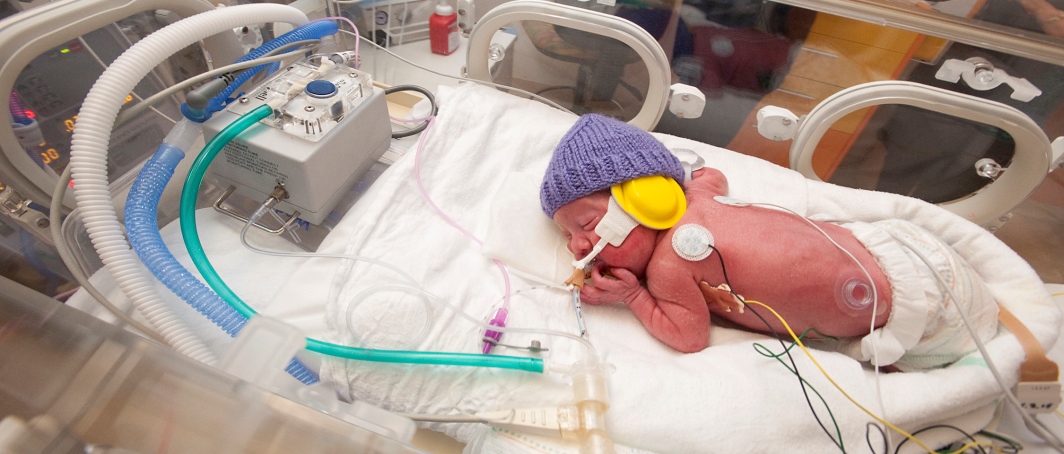Research overview
This project aimed to devise a new set of tests to improve the detection and timely management of non-reassuring fetal status and hypoxia in utero. This work was extremely important because of the strong link between fetal hypoxia, stillbirth, or fetal injury.
A key additional factor is that uncertainties regarding the accuracy of hypoxia detection mean that many babies are either delivered too late (and as a result are injured – often with life-long consequences for themselves and their families) or delivered unnecessarily early – again impacting their health and potential.
This project included the successful completion of a very large body of complex animal experiments based around our artificial placenta platform.
We performed extensive ultrasound and biophysical monitoring studies. and completed a large body of molecular and histological studies.
The final dataset generated as a result of this study will greatly advance our understanding of how externally-measurable (i.e. ultrasound, maternal biomarkers) variables can be used to accurately and rapidly predict fetal hypoxia.
Project researchers
Dr Haruo Usuda
Partners
Tohoku University, Sendai Japan
The University of Western Australia
Funders
Channel 7 Telethon Trust
Project timeline
2022 – 2023



